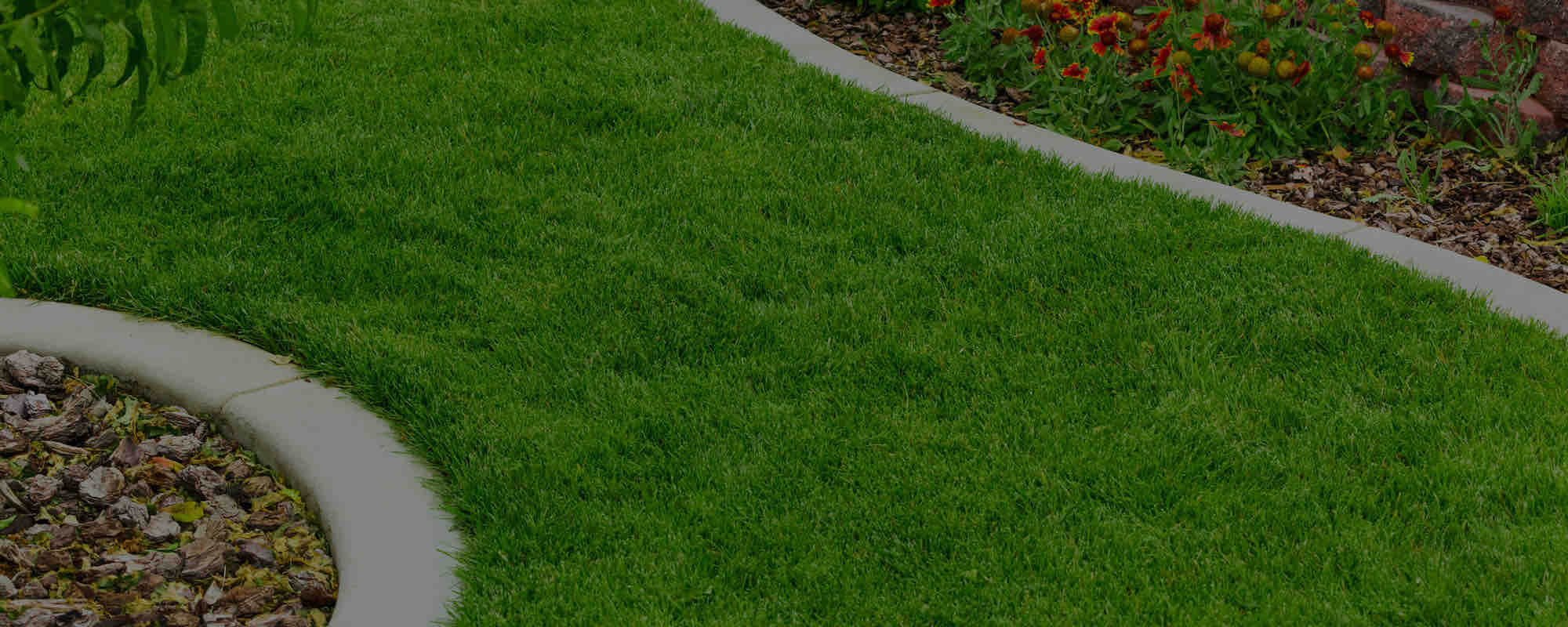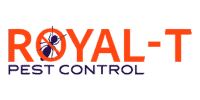
Sometimes, a DIY flea treatment won’t effectively treat and prevent fleas from running havoc in your home. When it’s time to call in a professional, they will ask you to do a few things to prepare your home for treatment. If your pets have been affected by fleas, it is vital to have them treated at the vet. This assures any living fleas cannot reinfest your home and should be done simultaneously when the house is being treated.
Everything from the floors should be removed (toys, clothes, etc.). Any pet bedding should be washed or replaced. You will need to vacuum all of your carpets and rugs, including beneath beds and other furniture. Upholstered furniture should also be cleaned. All of the floors should be thoroughly swept and mopped. If you have concrete floors in the garage, basement, or patio, be sure to clean any area pets may rest with soap and water.
If you have pets like reptiles and birds, they will also need to be removed. Fish tanks should be covered with a damp towel, and the air pump turned off. (Note: If you have a saltwater tank, the pumps cannot be disconnected.) Please ensure that crawl spaces are available for the professional to treat, as well.
Once all of these steps are taken, the professional will need you and your pets to vacate the premises for a few hours. They will then apply a residual flea control product. The active ingredients have two long-acting components to help to control fleas and break the reproductive life cycle. Adulticide is used to kill adult fleas and developing fleas in the larval stage on contact. An insect growth regulator affects developing fleas. The reproductive life cycle will be interrupted because any larval stages of fleas that come into contact with the growth regulator will be unable to develop into an adult.
You can expect an immediate reduction in the number of adult fleas in your home after professional flea treatment. It can be common to see more fleas within seven to fourteen days following the treatment. They are pre-adult (pupal) fleas that were in the pupal stage of development during the treatment. They had not yet come into direct contact with the adulticide used to control them. The residual insecticide does the trick in this case, killing them within a few hours of contact.
It’s also essential to get the areas outside of the home treated, as those are the places the fleas came from in the first place. A professional will treat shades areas and beneath shrubs and decks. Particular attention should be given to anywhere that pets rest or sleep.
Post-treatment care should include daily vacuuming to eliminate any individual fleas that may surface after the professional pest leaves. Additionally, pets should have proper flea and tick treatments every month to ensure they don’t bring in any insects. Sometimes a second treatment is necessary to provide all of the fleas have been eradicated. A veterinarian should be consulted to make sure the best solutions are chosen for your pet’s health.


